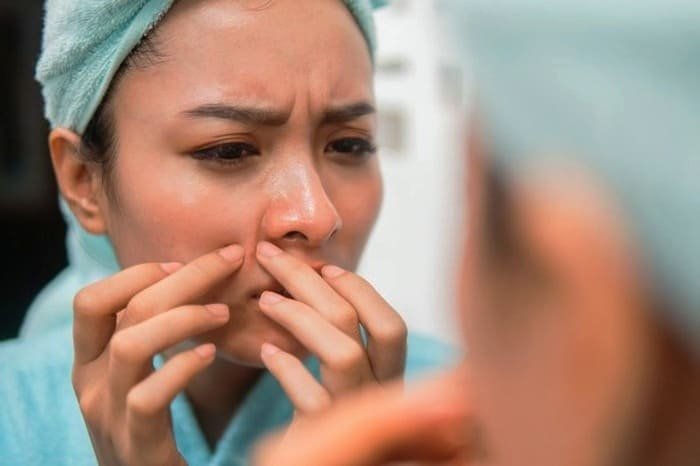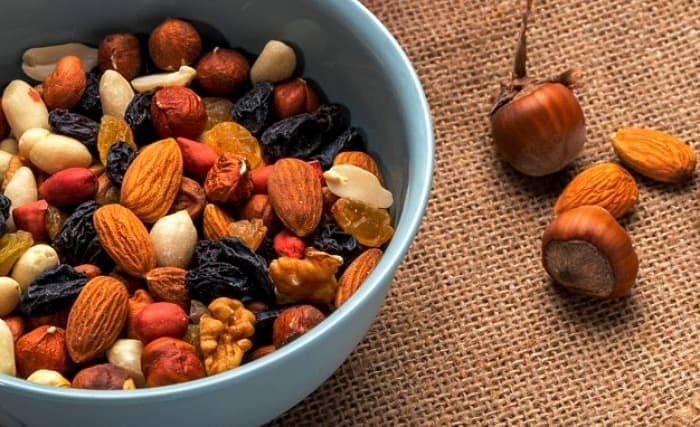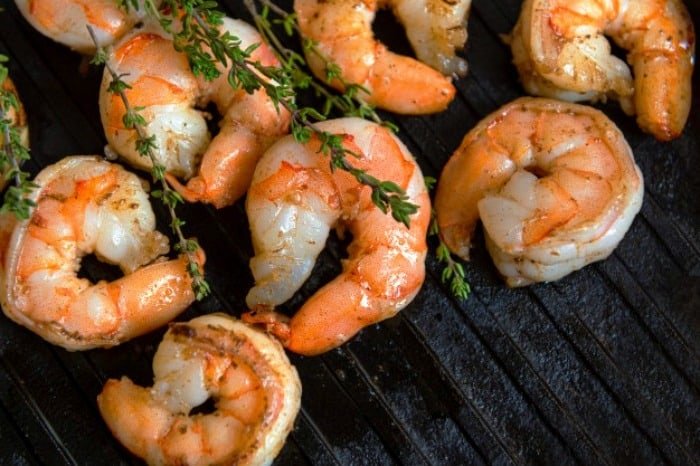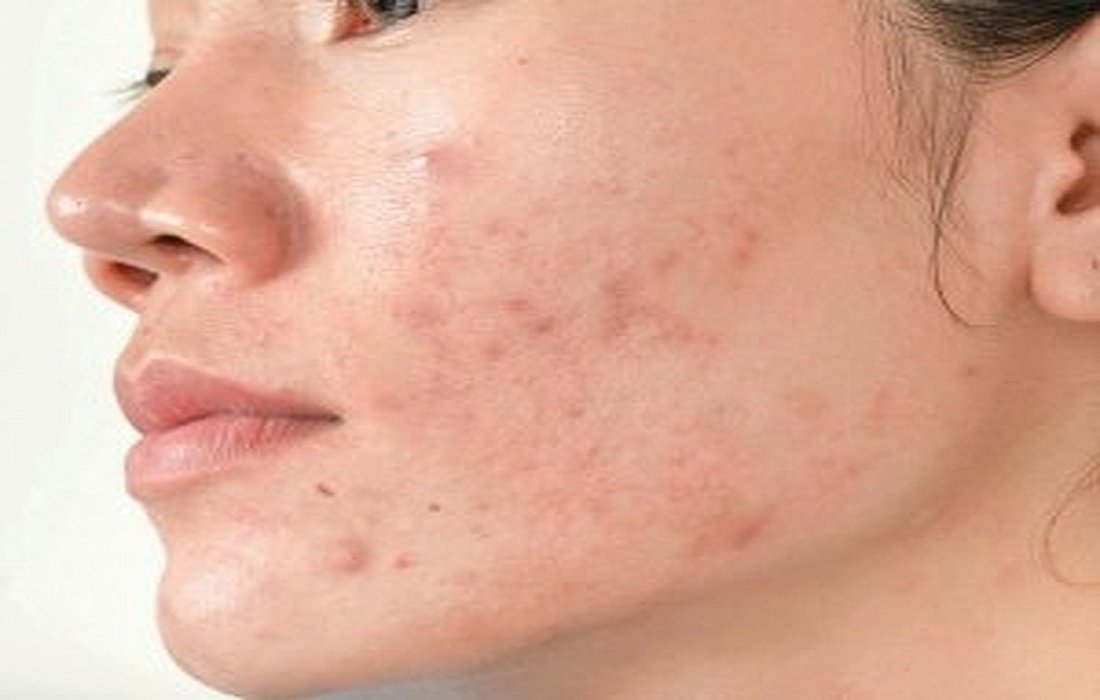Foods andFood itemsthat causeacne.
Experts often say that the exact cause of acne is not fully understood, but certain foods usually lead to more breakouts. When discussing acne andpimpleswe must recognize that diet plays an important role in its occurrence and overall skin health. In this section of SelMagz dedicated to skin and hair health,we will explore foods that contribute to acne. But first, it’s essential to understand what acne is and how it forms.Before introducing the foods that causefacial acneit’s crucial to mention that these foods tend to cause more breakouts in teenagers and younger individuals than in older age groups.
What is acne?
The answer to this question is not well understood even by scientists. Since there is no definite cure for this issue, preventing breakouts seems to be the most sensible approach.
Acne is regarded as a condition that affects skin glands and penetrates the pores. Everyone has the potential to experience this issue, so it’s important to pay more attention to your diet.

What causes breakouts?
As we all know, when oil on the skin increases, dead skin cells accumulate, clogging the skin follicles and causing bumps to appear on the skin. When insulin and other chemicals are produced in the body, they cause the oil glands on the skin to become overactive, leading to acne.
Which foods create acne on the face and body?
1. Refined grains and sugar:
People suffering from acne tend to consume more carbohydrate-rich foods compared to those without acne.
Those who eat sugary foods are 30% more likely to experience acne than others since these foods increase the level ofblood sugarwhich triggers acne. These sugars affect blood flow and cells, ultimately leading to breakouts.
2. Certain breads:
Bread can be problematic for several reasons, but in terms of acne, gluten is the main culprit as it damages the small intestine and increases systemic inflammation, one of the primary triggers of acne. Many scientific studies associatepsoriasisand dermatitis with gluten sensitivity. This condition is referred to asceliac diseaseof the skin.
3. Sweets:
Continuing the gluten discussion, the next major contributor to acne is sweets. Foods that cause a rapid spike in insulin often lead to breakouts, and this applies not only to sweets but also to pasta, white flour, and other foods that elevate blood sugar levels.
4. Dairy products:
Studies have shown a link between acne and dairy products. People who frequently consume ice cream and cow’s milk are four times more prone to acne compared to others. Cow’s milk contains amino acids that stimulate insulin-like hormones associated with acne. Additionally, milk contains sugars that can increase insulin levels in the body, thereby worsening acne.
5. Fast food:
Acne is directly connected to Western foods that are high in calories, fats, and carbohydrates. These foods include:hamburgers, nuggets, hot dogs,fried potatoes,soda,, milkshakes, andpizza.Research recently indicated that those who consume fast food are 43% more likely to suffer from acne compared to individuals who eat healthy foods. Moreover, daily consumption of such foods raises the risk of acne by 17%.6.
French fries:This item is one of the most popular foods among people.
French fries, besides being fried in poor-quality oil, also contribute to acne. They are high in carbohydrates, and just a single piece can trigger a rapid insulin boost, leading to systemic inflammation due to their high omega-6 fat content.7. Foods high in omega-6 fats:A diet rich in omega-6 fatty acids causes inflammation and acne. These diets are high in
corn
andsoy oilswhich can lead to an imbalance in the diet and inflammation, ultimately exacerbating acne. To reduce this inflammation and acne, it’s best to take supplements containing omega-3 fatty acids.8.Milk chocolates:Consuming these products due to their high sugar content and specific fatty acids increases oil production on the skin, leading to acne. However, the direct impact of chocolate on the skin has not been proven. Still, those who consume sugary chocolate products are more susceptible to acne issues. Candies increase blood insulin levels and boost sebum production, raising interleukin 1B.This natural protein is produced by the body’s immune system and increases the risk of skin inflammation and thus acne. If you must consume chocolate, opt for dark chocolate as a better substitute, as it contains more antioxidants and less sugar.
9. Spicy foods:According to studies, consuming spicy foods can lead to and exacerbate acne. To prevent breakouts, it is best to reduce your intake of these foods as much as possible.10.
Cheese:
Research found that cheese consumption has a direct connection to breakout occurrences, as it pushes the body towards eliminating certain hormones, making it capable of absorbing sugars. Therefore, if you consume such foods throughout the day, the hormone levels in your bloodstream will rise, causing acne.
11. Nuts:
This food is glycemic-rich and seems to contribute to acne. To avoid breakouts, nut consumption should be minimized. Nuts are healthy snacks, but moderation is key in preventing acne. A diet with low glycemic properties, combined with lean proteins, fresh vegetables, and fruits, is effective for acne prevention and maintaining clear and healthy skin.
12. Foods causing allergies:The body’s response to certain foods varies among individuals. To minimize food allergies, be aware of the types of foods you consume.13. Soda:
Soda is one of the worst beverages for acne as it provides no nutritional value besides fructose. Researchers say consuming soda is nearly equivalent to drinking alcohol. Imagine how harmful this is to your body. Fructose, a type of sugar, raises insulin levels, which is why you feel hungry after drinking soda. For healthy, clear skin free from acne, it’s better to drink water instead of soda.
14. Pizza:
Pizza is high in carbohydrates and, like the previously mentioned items, lacks nutritional value while being rich in gluten, leading to acne.

15. Certain fruits and fruit juices:
Some fruits like bananas,
mangoes,
and dried fruits contain high sugar levels, and excessive consumption may lead to acne.
Strawberries
provide high amounts of
vitamin C
which is beneficial for skin clarity and longevity, but may cause redness and skin sensitivity in some people, particularly around the nose and mouth.Many juice producers add sugar to their products. The presence of sugar in some people can trigger acne, breakouts, or other skin sensitivities. Therefore, only opt for completely natural fruit juices.16. Soy:Excessive soy consumption negatively affects the skin because 90% of soy products worldwide are genetically modified, leading to hormonal imbalances. Such imbalances can cause acne, breakouts, and skin aging.For individuals with estrogen levels significantly higher or lower than normal, soy can be a contributor to breakouts due to its phytoestrogen content. While soy is a rich source of protein, if it’s problematic for you, consider consuming meat oreggsinstead.
17. Some seafood:
Some seafood like
shrimp
contains high iodine levels and various chemical elements that can cause breakouts and skin sensitivities in women.Other considerations about the link between diet and acne:As you’ve read, our diet has a direct relationship with breakout occurrences. To limit this problem, it’s best to:
Choose a low-sugar, gluten-free diet filled with fresh vegetables and fruits.
Get 8-9 hours of sleep each day for adequate rest.Drink 7-8 glasses of water daily.Exercise regularly.

Avoid using any chemicals on your skin.
If you have acne, do not touch the affected area.
Acne and pimples
Acne or pimples
Causes of body breakouts
Causes of facial breakouts
Breakouts on the face
Reasons for body breakouts







